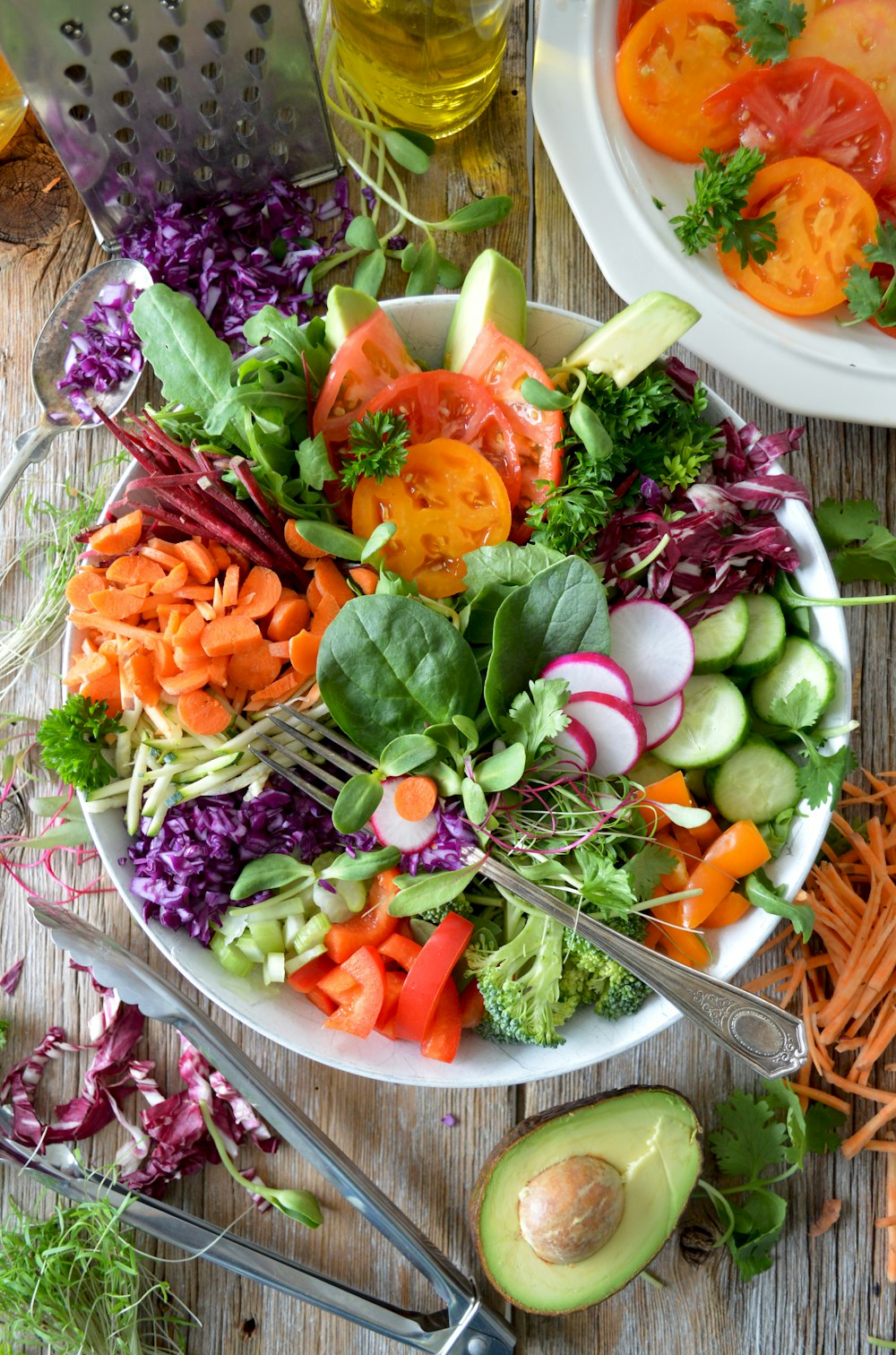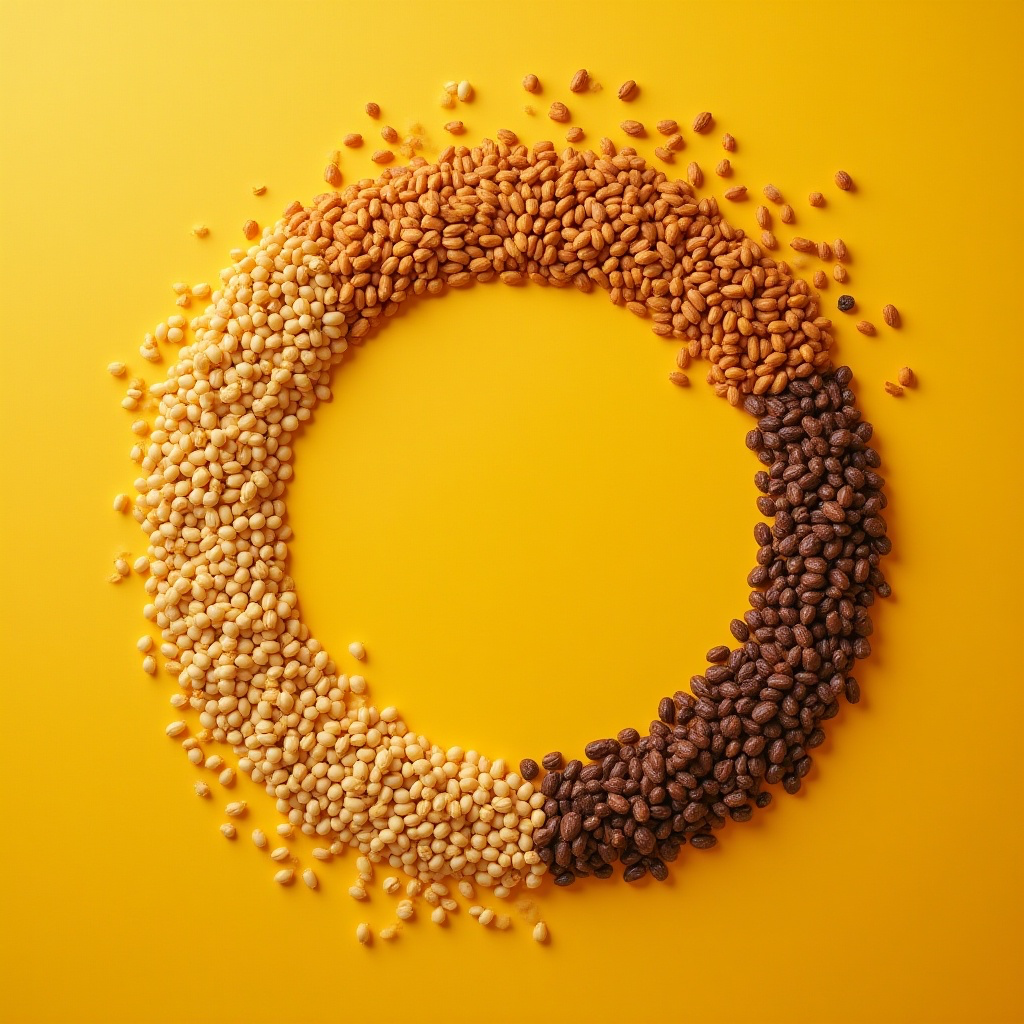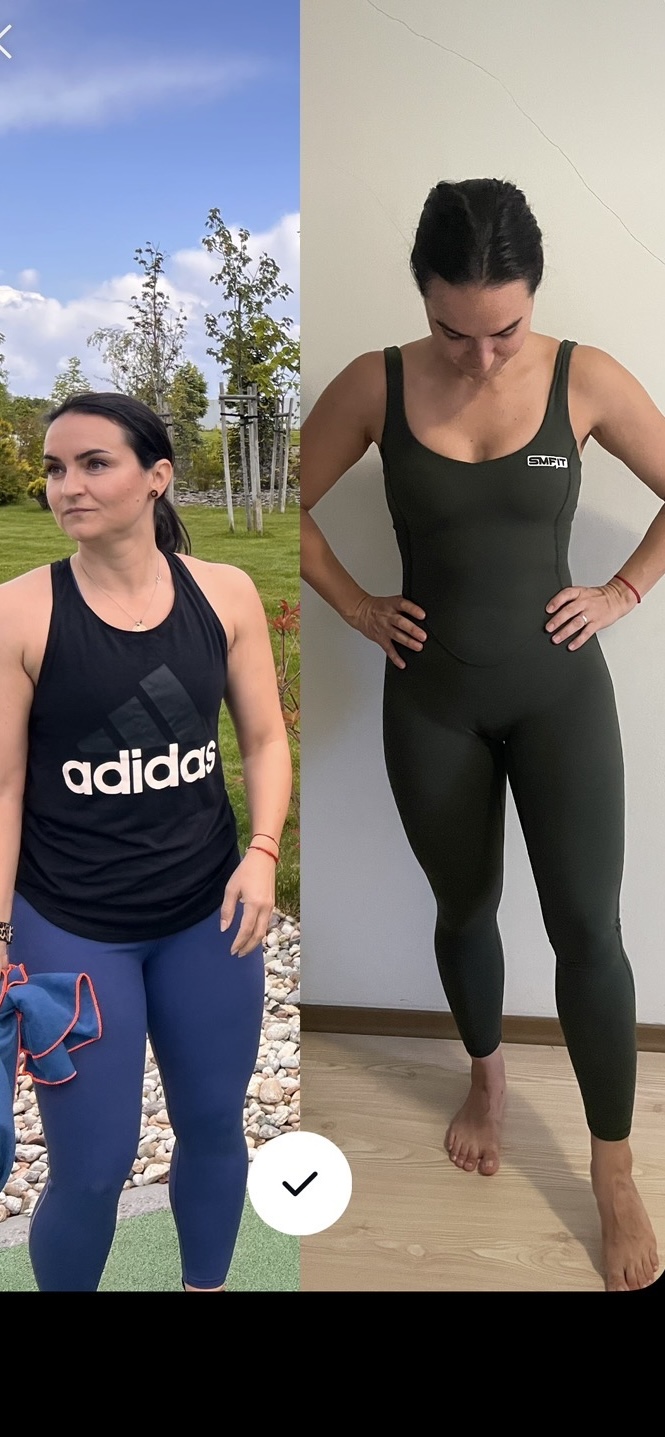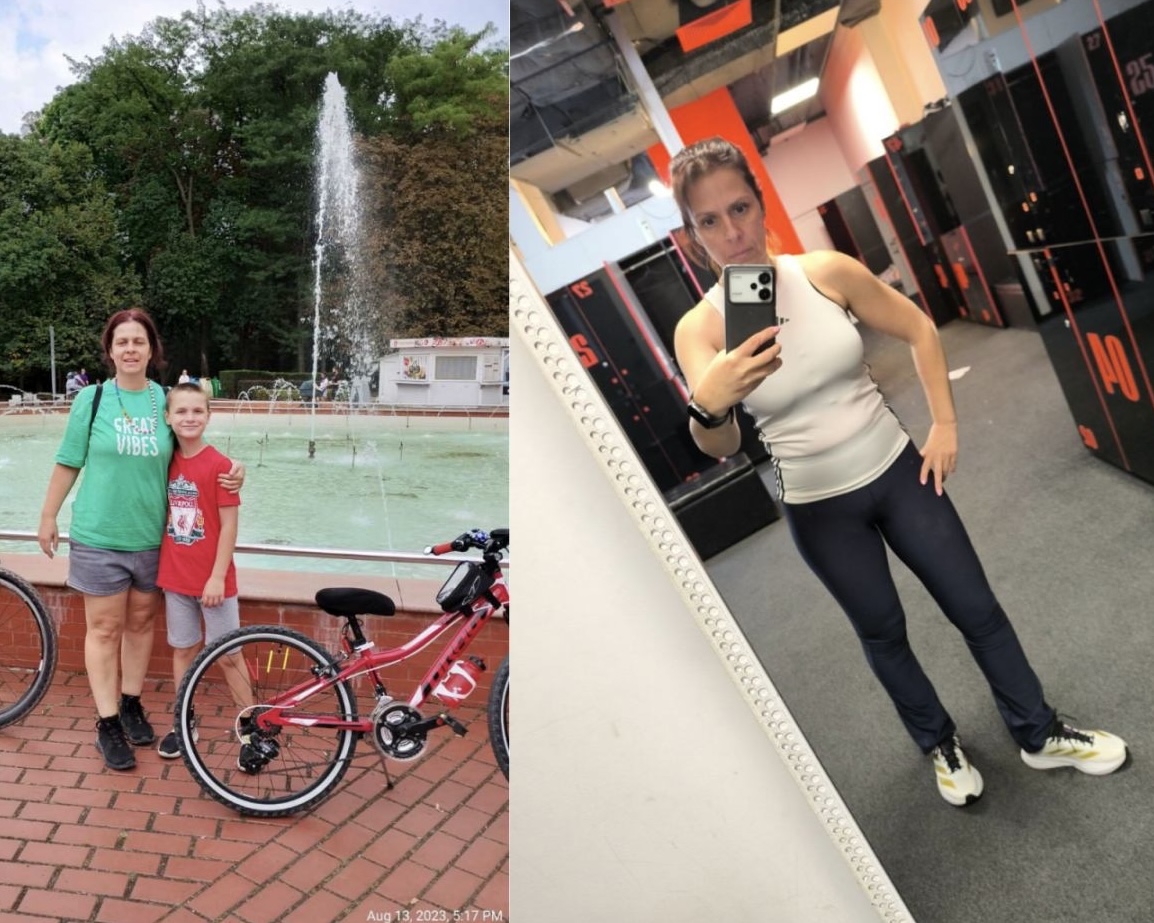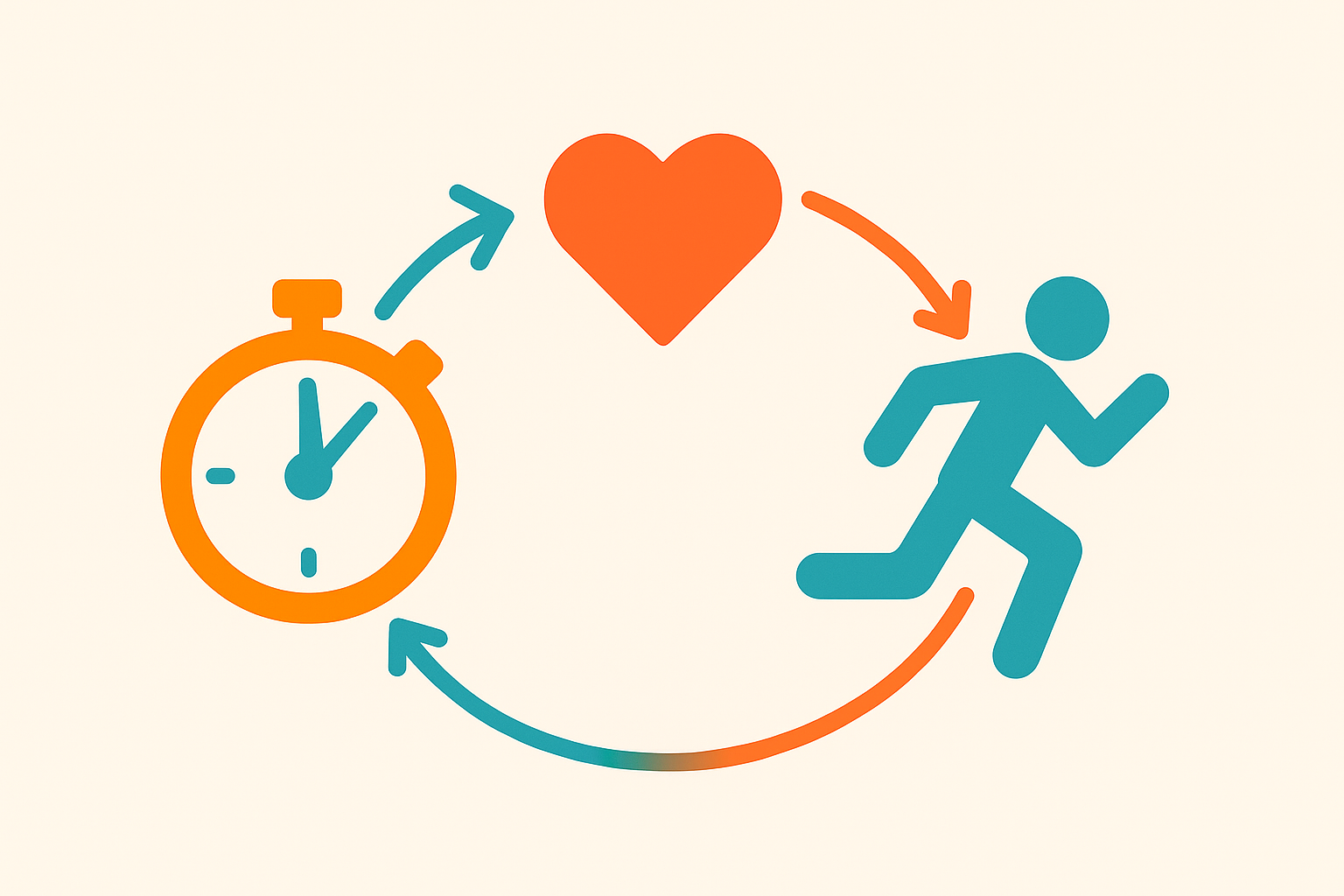High-intensity interval training, or HIIT, is a simple idea: you alternate short bursts of challenging effort with easy recovery. Push a bit harder, then catch your breath. Repeat. You can do it with walking, cycling, swimming, a skipping rope, or bodyweight moves—no special equipment or long sessions required.
Why is HIIT so popular?
Because it respects your time. Those brief "work" intervals ask more from your heart, lungs, and muscles than steady, gentle exercise, so your body adapts quickly. Over a few weeks, everyday tasks feel easier, stairs don't steal your breath, and your general energy rises. You're training your system to deliver oxygen and fuel more efficiently, all in sessions that fit between meetings or after a busy day.
The health payoffs go well beyond fitness
Regular HIIT helps your heart by improving how efficiently it pumps and how well your blood vessels relax. It supports healthy blood pressure and blood sugar control, which is good news for long-term heart and metabolic health. Many people also notice clearer headspace, less stress, and better sleep on days they move—benefits that make it easier to stick with exercise.
HIIT is flexible and beginner-friendly
The "high intensity" is relative to you: a fast walk up a hill can be a perfectly valid interval if running isn't your thing. You control how hard the work phases feel, how long they last, and how much recovery you take. That makes HIIT accessible for different fitness levels, ages, and body types, and easy to adapt around busy schedules or travel.
It's also motivating. Because work and rest alternate, the tough parts are over quickly, and there's always a breather coming. That rhythm helps you stay engaged without feeling overwhelmed. And because sessions are short, you're more likely to be consistent—arguably the most important "secret" behind any fitness success.
A quick note on "Tabata"
You've probably heard of the 20-seconds-on, 10-seconds-off format. That's just one style of HIIT, not a rule you have to follow. The core idea is simply intervals of effort and recovery. Choose movements you enjoy, and scale the challenge to your current level.
Safety matters, too
HIIT should feel "hard but controlled," not reckless. If you live with a medical condition, are pregnant or postpartum, or haven't exercised in a long time, start gently and talk to a health professional if you're unsure. Mild breathlessness is normal; sharp pain, chest discomfort, or dizziness are signs to stop.
Bottom line
HIIT gives you big benefits in small pockets of time. It strengthens your heart and lungs, boosts everyday energy, supports healthy blood pressure and blood sugar, and can lift your mood—all without living at the gym. Keep it simple, choose activities you enjoy, and let the intervals do the work. Consistency beats perfection.
Ready to try a HIIT workout?
📞 Get in touch with me for personalized HIIT programs and guidance.
